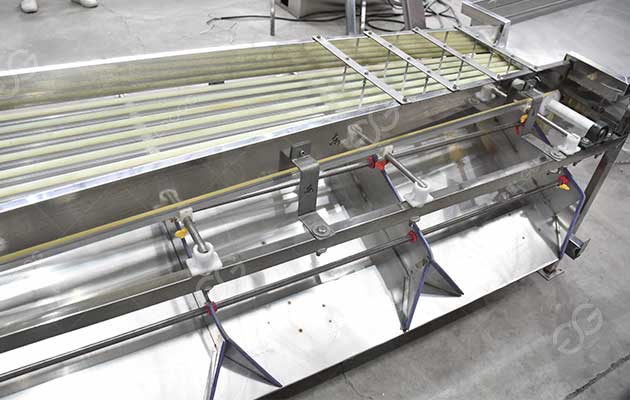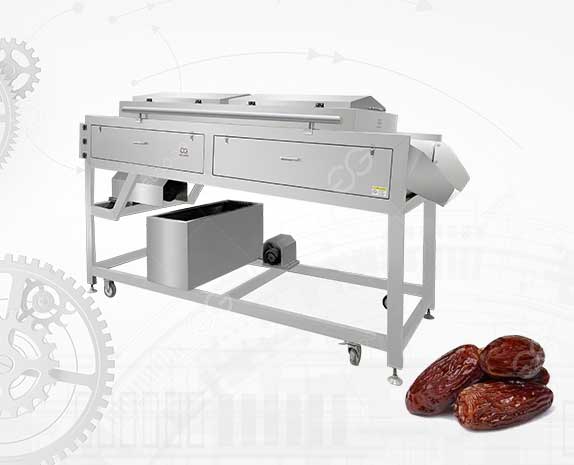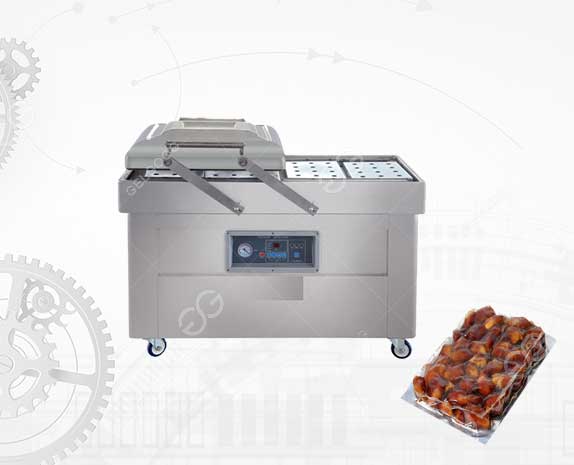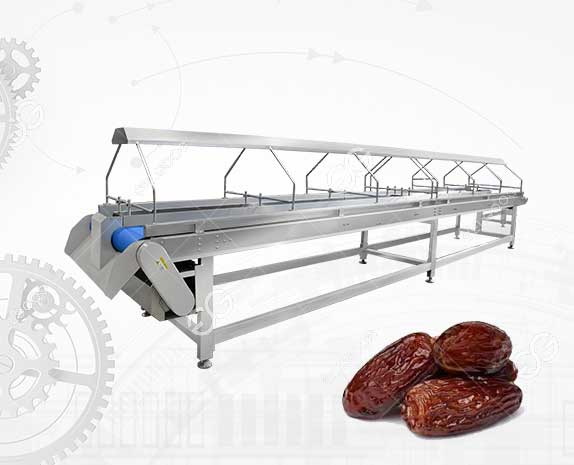Dates are one of the oldest cultivated fruits in the world, cherished for their sweet flavor and numerous health benefits. As the demand for dates grows worldwide, the cleaning and sorting process becomes increasingly important to ensure the quality and safety of the product. Let's explore the various stages involved in the cleaning and sorting of dates.
Harvesting and Initial Inspection
The journey of dates begins with harvesting. Dates are typically harvested when they reach their desired level of ripeness, depending on the variety. Once harvested, the dates are visually inspected for any signs of damage, such as bruising, infestation, or decay.
Cleaning and Washing
After initial inspection, the dates undergo a cleaning process. This stage typically involves the following steps:
Removal of debris: Dates are cleaned to remove any leaves, twigs, or other debris that may have come along with the harvest.
Washing: The dates are washed in clean water to remove any dirt, dust, or other surface contaminants.
Drying: After washing, the dates are carefully dried to avoid any excess moisture that could promote the growth of mold or bacteria.
Sorting and Grading
Once cleaned and dried, the dates proceed to the sorting and grading stage. This process involves separating the dates based on quality, size, and appearance. Sorting and grading can be done using manual labor, automated machines, or a combination of both.

Quality Sorting: Dates are sorted based on their overall quality, including factors such as ripeness, color, and firmness. Higher-quality dates are set aside for premium packaging.
Size Grading: Dates are graded according to size by dates sorting machine, usually using screens or sieves that separate them into different categories.
Visual Inspection: A final visual inspection is conducted to remove any remaining dates with defects such as discoloration, blemishes, or other imperfections.
Packaging and Storage
After sorting and grading, the dates are ready for packaging. High-quality dates may be packaged in attractive boxes or bags for retail sale, while lower grades may be used for industrial purposes such as baking or processing into date products.
Dates are often stored in cool, dry environments to maintain their freshness and quality. Controlled conditions help prevent spoilage and extend shelf life.
Conclusion
The cleaning and sorting process is an essential part of the dates production chain. By ensuring that dates are clean, free from contaminants, and sorted according to quality and size, producers can deliver high-quality dates to consumers worldwide. This meticulous process ultimately enhances the reputation and value of dates as a nutritious and delicious fruit.




